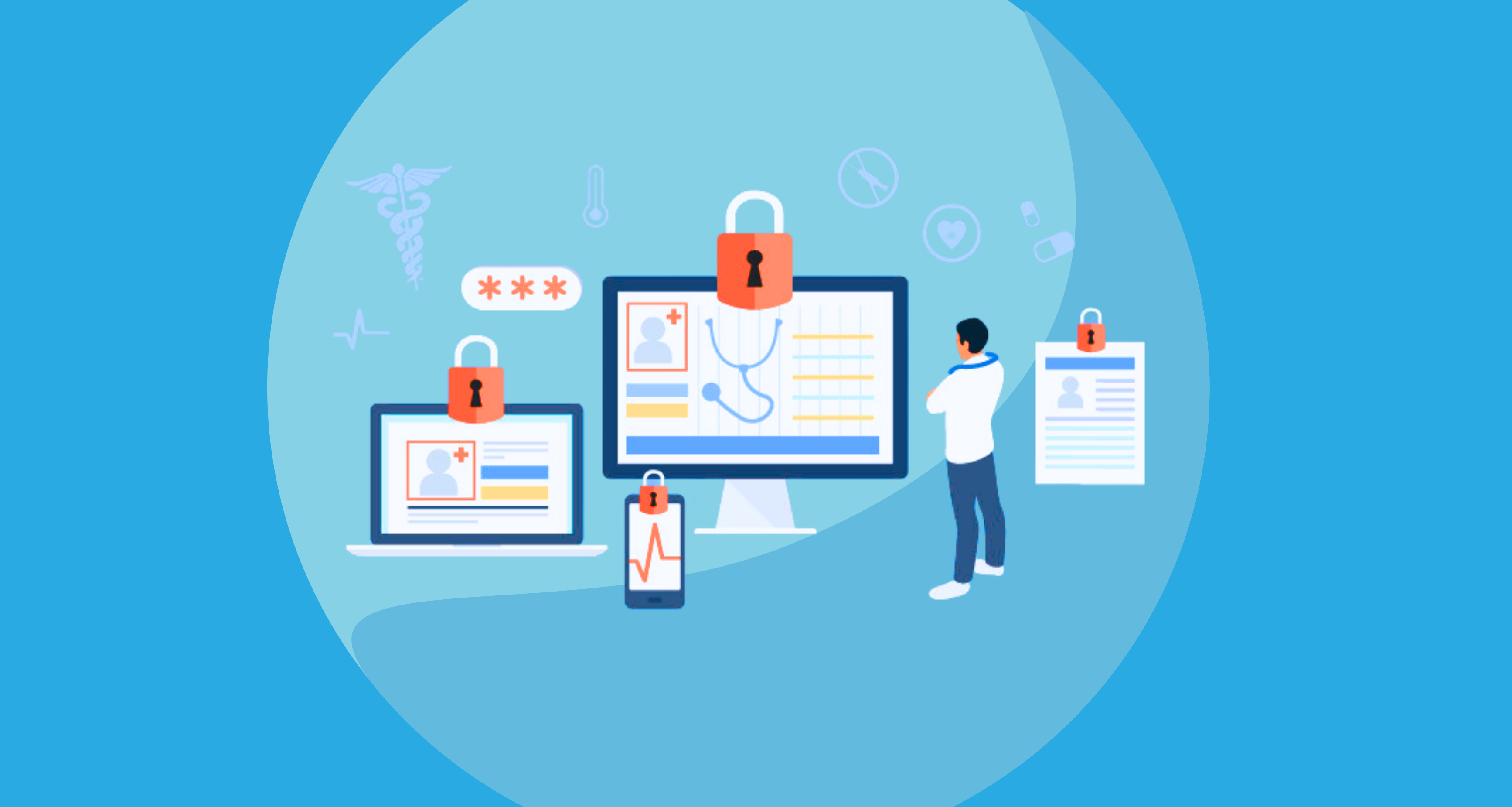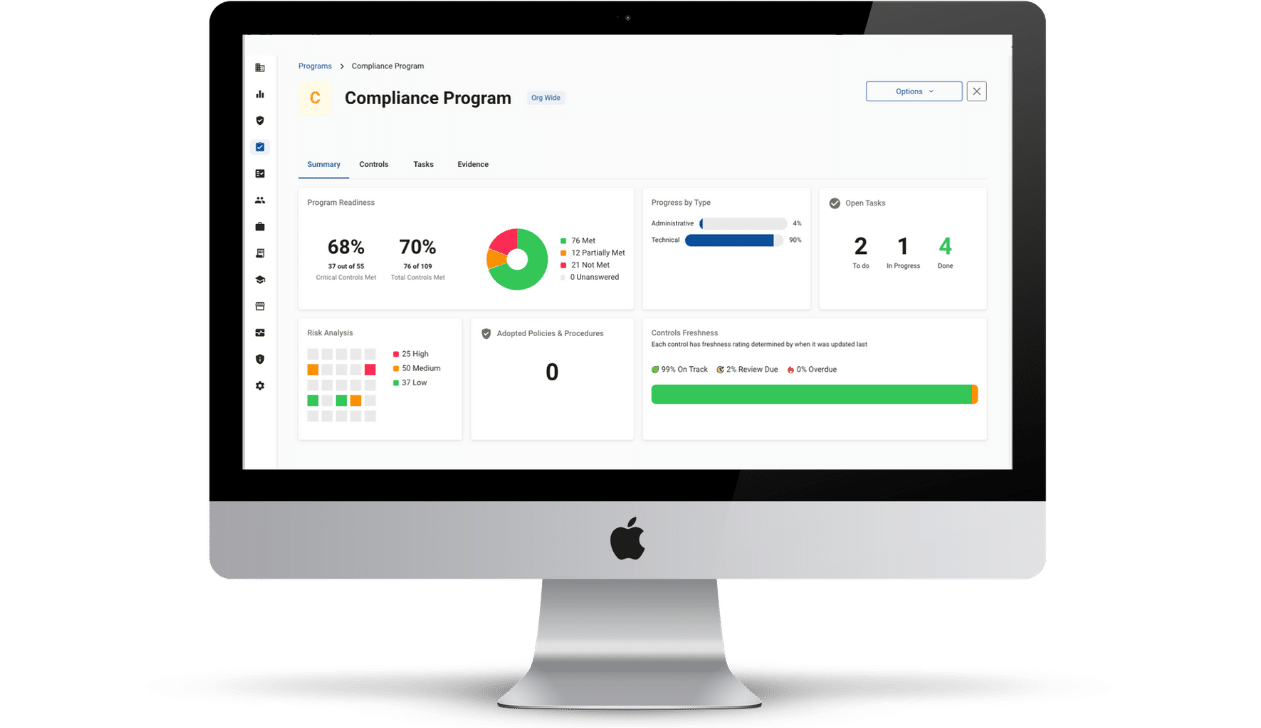
The implementation of HIPAA cybersecurity and compliance frameworks are crucial in safeguarding patients’ protected health information (PHI) and electronic PHI (ePHI). As technology continues to evolve rapidly, so do the tactics used by cybercriminals. This reality has made it increasingly important for healthcare organizations to prioritize their cybersecurity measures to maintain confidentiality, integrity, and availability of sensitive patient data.
By leveraging a combination of these two frameworks, healthcare providers can efficiently mitigate risks associated with potential breaches while ensuring that they are adhering to regulatory requirements.
Essential Components of HIPAA Compliance Frameworks
A HIPAA compliance framework comprises of several provisions designed to ensure that health information is adequately protected. There are several essential components to consider when developing your HIPAA compliance framework. These component are laid out in HIPAA Privacy and Security Rules.
The Privacy Rule outlines how healthcare providers must obtain patient consent before disclosing their health information for treatment purposes. It also gives patients the right to request copies of their medical records and restricts the use and disclosure of their information for marketing purposes.
In addition to the Privacy Rule, the Security Rule specifies how electronic protected health information (ePHI) must be secured. Under this rule, organizations are required to conduct regular risk assessments to identify potential vulnerabilities in their systems and take appropriate measures to address them.
The Security Rule requires healthcare organizations to implement physical, technical, and administrative safeguards to secure patient data.
Some examples of safeguards include:
- Password-protected systems
- Encryption technology
- Firewalls
- Security cameras
- Restricted access controls
The enforcement of HIPAA regulations falls under the Department of Health and Human Services (HHS) Office for Civil Rights (OCR) jurisdiction. OCR investigates any complaints alleging violations of HIPAA rules by conducting compliance audits and imposing monetary penalties if necessary.
HIPAA Compliance Framework & NIST
How does the HIPAA compliance framework tie in with the National Institute of Standards and Technology (NIST) cybersecurity framework? The NIST framework is a voluntary set of guidelines designed to help organizations manage and reduce their cybersecurity risk. While it was initially created for critical infrastructure industries such as energy and finance, its flexible nature allows it to be easily adapted to meet the requirements of various sectors, including healthcare. Given that both frameworks aim to improve cybersecurity postures, it is no surprise that they share many similarities.
One might wonder how these two frameworks relate to each other – after all, they were created by different agencies with distinct objectives in mind. However, looking closely at their goals and methodologies, one can see that they complement each other quite well. By combining the strengths of both approaches, healthcare organizations can achieve a robust level of cybersecurity that goes beyond mere compliance with regulations, striving to create an environment where sensitive patient data remains secure from potential threats.
Comparison Between HIPAA Cybersecurity Framework & NIST
There are several ways in which HIPAA’s cybersecurity framework relates to NIST’s approach. For instance, NIST’s Cybersecurity Framework (CSF) is designed around five core functions:
- Identify
- Protect
- Detect
- Respond
- Recover
Each function consists of categories and subcategories aligned with specific cybersecurity outcomes. Interestingly enough, many of these outcomes align with some of HIPAA’s primary aims – especially those related to securing PHI against unauthorized access or disclosure.
Furthermore, NIST provides detailed guidance on implementing risk management practices, which is a crucial aspect of HIPAA compliance. By following the recommendations in NIST’s Special Publication 800-30, healthcare organizations can effectively identify and assess potential risks to PHI, allowing them to prioritize their efforts to improve cybersecurity.
This proactive approach aligns closely with HIPAA’s emphasis on conducting regular risk assessments and implementing appropriate security measures based on the level of risk identified.
Ultimately, while the HIPAA cybersecurity framework and NIST guidelines may have different origins and primary focuses, they share many common goals that make them complementary tools for enhancing data protection in the healthcare industry. By leveraging the strengths of both frameworks, organizations can establish a comprehensive security strategy that ensures regulatory compliance and promotes a culture of continuous improvement in safeguarding sensitive patient information from cyberthreats and breaches. Through this harmonious integration, healthcare providers can achieve resilient cybersecurity measures that protect patients’ trust and well-being in an increasingly digital world.
How Compliancy Group Helps Build Your HIPAA Framework
Compliancy Group acts as a guiding hand in the complex world of HIPAA compliance, providing organizations with vital tools and resources needed to meet the rigorous standards set by HIPAA compliance frameworks.
Our software, “The Guard,” is a powerful tool for businesses of all sizes looking to ensure their compliance with HIPAA regulations and mitigate security risks. Compliancy Group empowers organizations to stay ahead of potential threats and protect sensitive data from cybercriminals by providing comprehensive risk assessments, tailored safeguards, and ongoing support.
HIPAA compliance and cybersecurity indeed go hand in hand. HIPAA compliance establishes strict guidelines for protecting patient health information (PHI), while cybersecurity provides the technical means to enforce those guidelines. With Compliancy Group’s expert guidance, businesses can rest assured that their operations are fully compliant with HIPAA regulations, while staying at the forefront of cutting-edge cybersecurity best practices.










